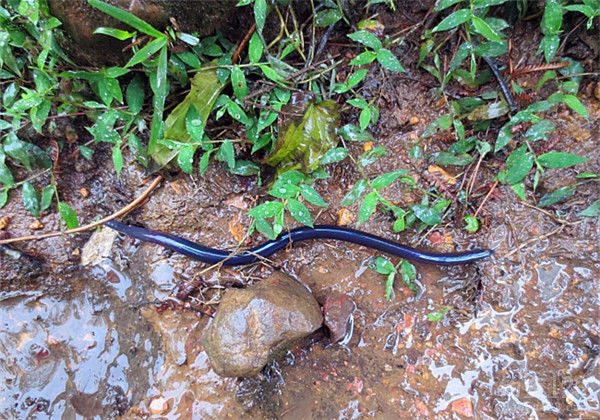
1. Earthworm
Earthworms, also known as earthworms, like to live in a warm environment and are afraid of both cold and heat. It goes dormant at 0-5℃, stops growing above 32℃, and dies above 40℃. The suitable temperature is 15-30℃, and the optimal temperature for reproduction is 20-25℃. Therefore, if you want to obtain good breeding benefits, you must maintain a breeding environment with an optimal temperature of 20-25°C all year round. Earthworms use their skin to breathe, so their bodies must be kept moist. The water in their bodies accounts for more than 75% of their body weight. Preventing water loss is the key to their survival, so the humidity of the feed should be kept at about 70%.
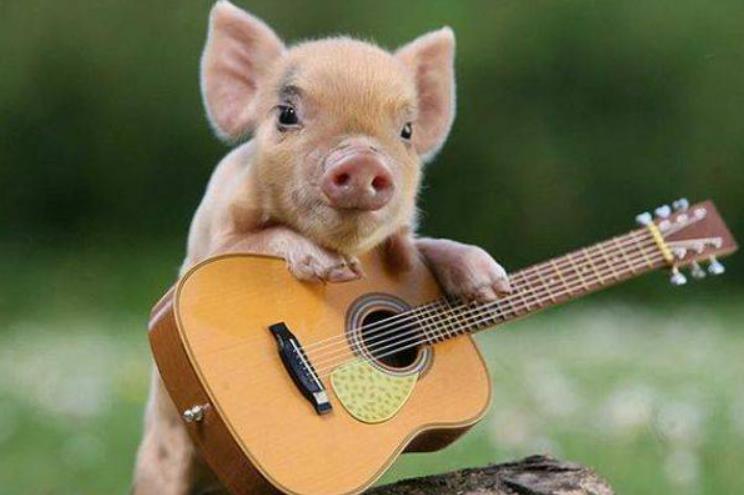
2. Pig
There are three main reasons why pigs are afraid of heat: The first reason is that pigs are endothermic animals, and their body temperature always remains constant, neither too high nor too low; when the body temperature is high, the heat in the body cannot be dissipated, and the activity of the body's organs intensifies, which will eventually lead to failure. Death; too low, often due to insufficient nutrient supply, and death due to lack of nutrients in the organs; maintaining a constant body temperature is an important function of pigs to maintain life. The second reason is that pigs are rich in fat tissue, especially subcutaneous fat; but relatively speaking, large pigs have much more subcutaneous fat than small pigs; fat is a very good insulation material, and with this layer of fat, the pig body is It is difficult for the heat to dissipate; but fat has special functions for pigs, and fat thickness cannot be reduced because of fear of heat. The third reason is that pigs have underdeveloped sweat glands and cannot dissipate heat through sweating like humans.

3. Dog
Because the sweat glands of dogs are not as evenly distributed as humans and their perspiration capacity is weak. They do not sweat to cool down. The only way to cool down is to use the tongue to cool down. Therefore, dogs with short noses are more afraid of heat in summer. Dogs with short noses dissipate heat more slowly. In summer, because the temperature is too high and the dog's body has a very thick coat, the dog's heat cannot be consumed on the premise that the dog cannot sweat and dissipate heat quickly, so the dog is very afraid of heat.

4. Starfish
Starfish are the most representative type of structural physiology among echinoderms. They have a flat body, mostly five-radial symmetry, and the boundaries between the body disk and the wrist are not obvious. When it was alive, its mouth was facing downwards and its back was facing upwards. There was a walking belt groove on the ventral side of the wrist, and tube feet protruded from the groove. The bony plates of the endoskeleton were connected by connective tissue and were flexible and flexible. Starfish are cold-blooded animals. They do not have a mechanism to regulate their own body temperature. They can only change their temperature according to the surrounding environment. As long as the temperature of their central body disc is higher than 35 degrees Celsius, their lives will be seriously threatened.
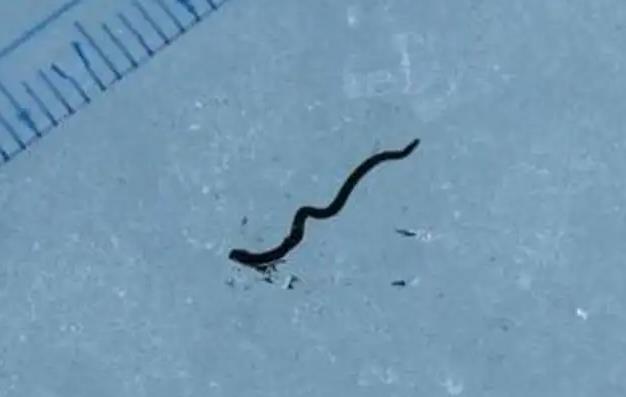
5. Polar ice worm
Polar iceworms belong to the phylum Annelida, class Bdelloidea, order Oligochaeta, suborder Trembolochia, and family Nematodae. They are known as the only creatures on earth that cannot freeze to death. They have the characteristics of scientists’ ideal alien life. Scientists believe that the rare cold-resistant physique of ice worms can prove that cold-resistant creatures like ice worms may also exist on alien planets. Polar iceworms are not only resistant to freezing, but also resistant to hunger. Scientists once put several ice worms in the refrigerator to study. Two years have passed, and the iceworm, which neither eats nor drinks, is still surviving tenaciously in the refrigerator. But polar ice worms also have a fatal flaw - they are afraid of heat. As long as the temperature is higher than 4°C, polar ice worms begin to "melt" and become a pile of sticky material.
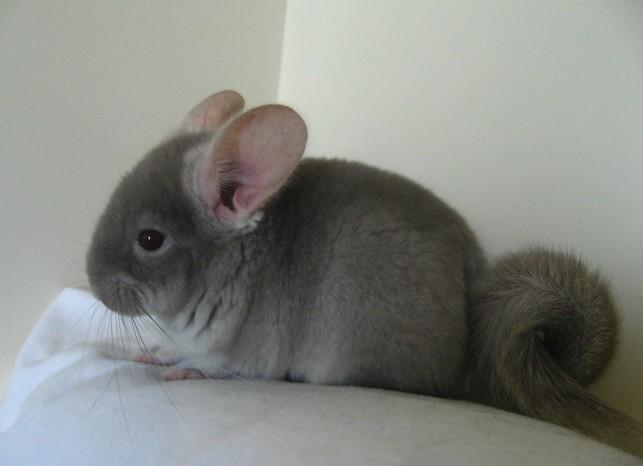
6. South American chinchilla
The South American chinchilla belongs to the class Mammalia, order Rodentia, suborder Porcupine, family Chinchilla, and is native to the Andes Mountains of South America. It has an average lifespan of 10 to 20 years. Because it resembles the Totoro in the movie TOTORO created by Hayao Miyazaki, it is called chinchilla. Hong Kong people nickname it "My Neighbor Totoro". The existing varieties are short-tailed and long-tailed. Long-tailed chinchillas are generally kept as pets. They are vegetarian animals. Their staple food is chinchilla food and timothy grass, and they need to grind their teeth frequently. If the temperature of the chinchilla breeding environment exceeds 26 degrees Celsius, it will greatly increase the chance of heat stroke in chinchillas, but it is not 100% possible. Many novice chinchilla owners relax their vigilance when they see that the temperature is too high but the chinchillas do not suffer from heat stroke. Finally, Caused the chinchilla to die of heatstroke.
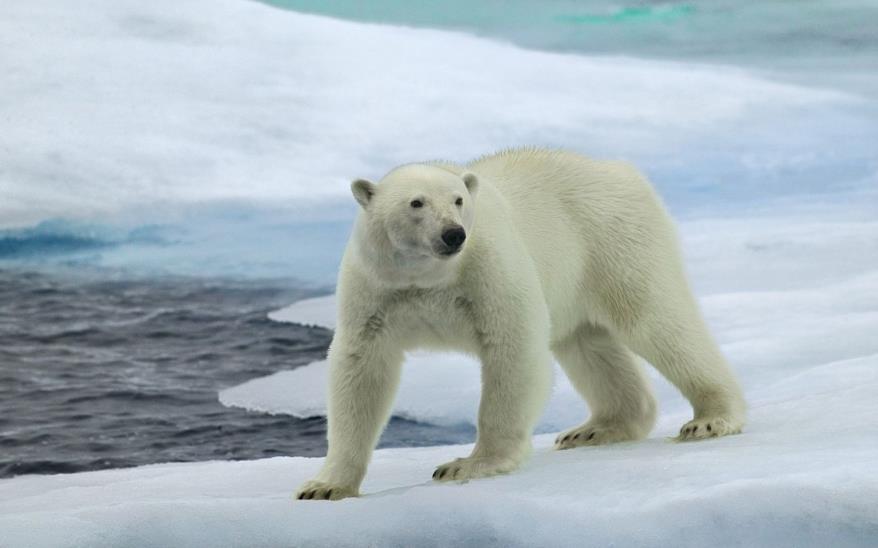
7. Polar bear
The polar bear is an animal in the Ursidae family. It is the largest terrestrial carnivore in the world. It is also known as the white bear. Its skin is black. Due to its transparent hair, it usually looks white in appearance. It also has yellow and other colors. It is huge and ferocious. Polar bears' vision and hearing are equivalent to humans, but their sense of smell is extremely sensitive, seven times that of dogs. When running, the fastest speed can reach 60km/h, which is 1.5 times that of the world's 100-meter champion. The polar bear is an animal that can survive in harsh environments. Its active range is mainly in the sea areas with floating ice near the Arctic Ocean. According to research, polar bears will show signs of severe heat stress when the temperature is higher than 21.1°C.
animal tags:
We created this article in conjunction with AI technology, then made sure it was fact-checked and edited by a Animals Top editor.